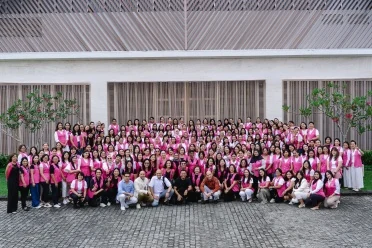Nestled along the main beach of Sanur, Bali, the Le Mayeur Museum offers a unique glimpse into the life and art of Adrien-Jean Le Mayeur de Merpres, a celebrated painter from Brussels. This quaint museum, tucked behind a row of art and souvenir stalls on Sindhum Beach, is both a cultural treasure and a historical landmark that highlights Bali's influence on art.
Le Mayeur Museum: Where Art Meets Love in Sanur
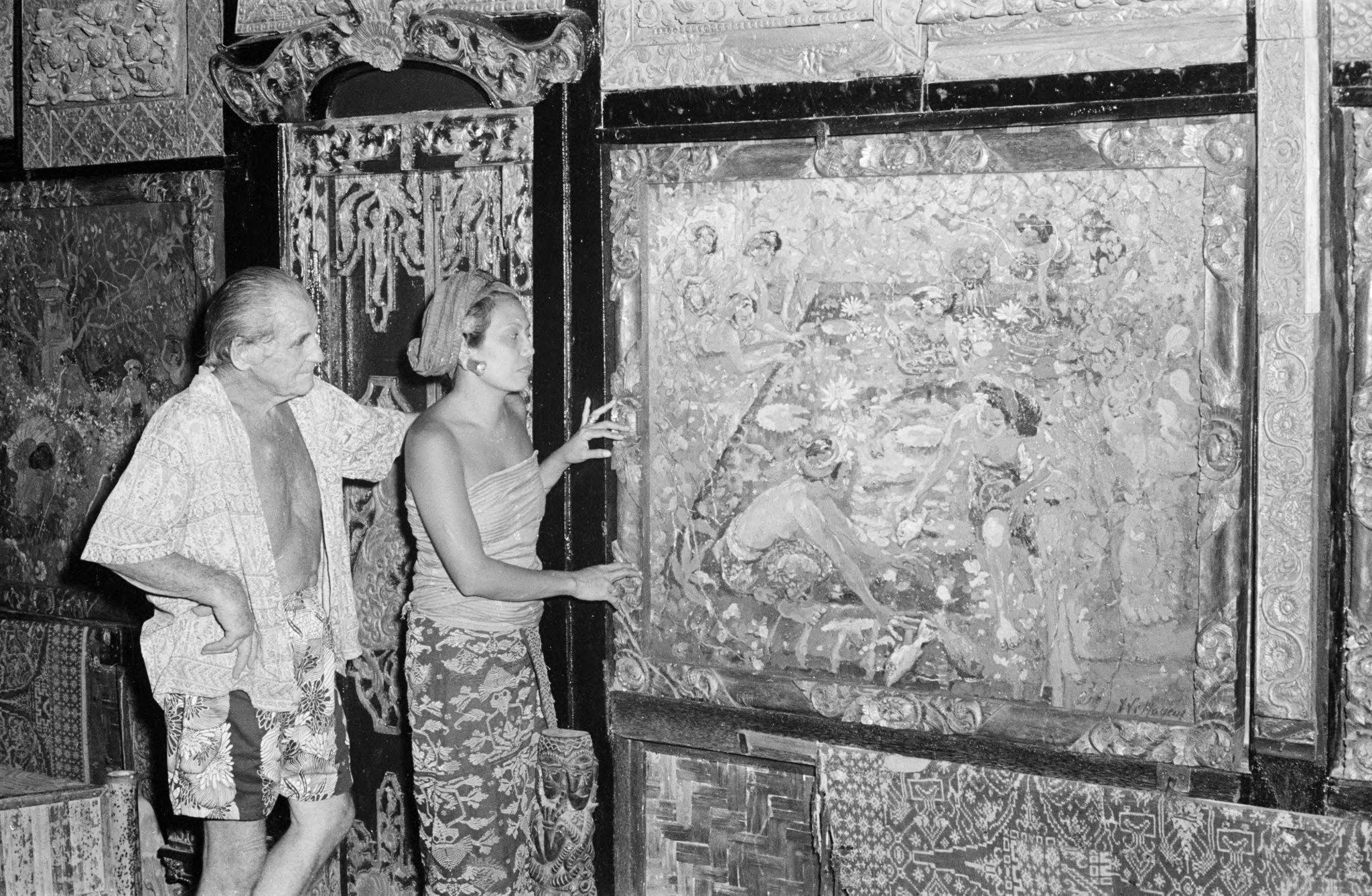
A Legacy of Art and Love
Le Mayeur arrived in Bali in 1932, at a time when Sanur was a quiet fishing village. Captivated by the island’s beauty and charm, he decided to make it his home. Three years later, he married Ni Pollok, a talented Legong dancer who became both his muse and his wife. The house they lived in was transformed into a museum after Le Mayeur’s death in 1958, with Ni Pollok continuing to reside there until her own death in 1985. Today, the Le Mayeur Museum stands as a memorial to their love and the artist’s work.
What to See at Le Mayeur Museum
The museum's collection includes around 80 of Le Mayeur's paintings, categorized by medium—hardboard, plywood, canvas, and paper. The artworks reflect his impressionistic style, characterized by his innovative use of thick brushes to create sharp, dynamic strokes. His works often depict the natural beauty of Bali, featuring local scenes and women, including many portraits of Ni Pollok. These vibrant pieces, created during the 1950s, show the evolving style that became popular among young Balinese artists.
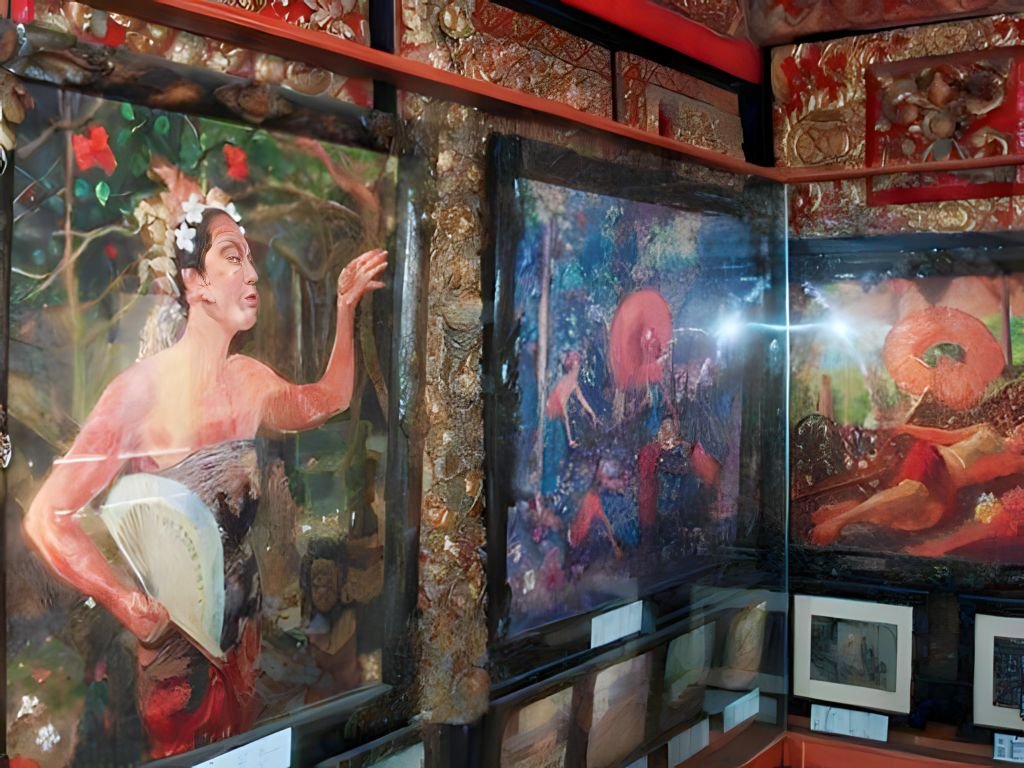
Visitors to the museum can explore the artist’s former living quarters, designed with classic Balinese architecture. The main building features sculpted stone walls, red terrazzo floors, and richly carved wooden furnishings. The interior is adorned with intricate details like carved window shutters depicting the story of Rama and Sita from the Ramayana. Walkthroughs of the museum include Le Mayeur’s studio, reading room, and bedroom, as well as Ni Pollok’s vanity corner and bathroom. The museum also houses a meeting pavilion where Le Mayeur used to greet guests and potential buyers.
The Artist's Journey and Inspiration
Adrien-Jean Le Mayeur de Merpres, born on February 9, 1880, in Brussels, inherited his artistic talent from his father, who was also a painter. Despite his father’s initial disapproval, Le Mayeur pursued his passion for art, studying under renowned teachers like Ernest Blanc Garin. Before arriving in Bali, he traveled extensively, honing his skills across Europe, Africa, India, Thailand, Cambodia, and the South Pacific. These experiences greatly influenced his style, seen in the works that now fill the museum.
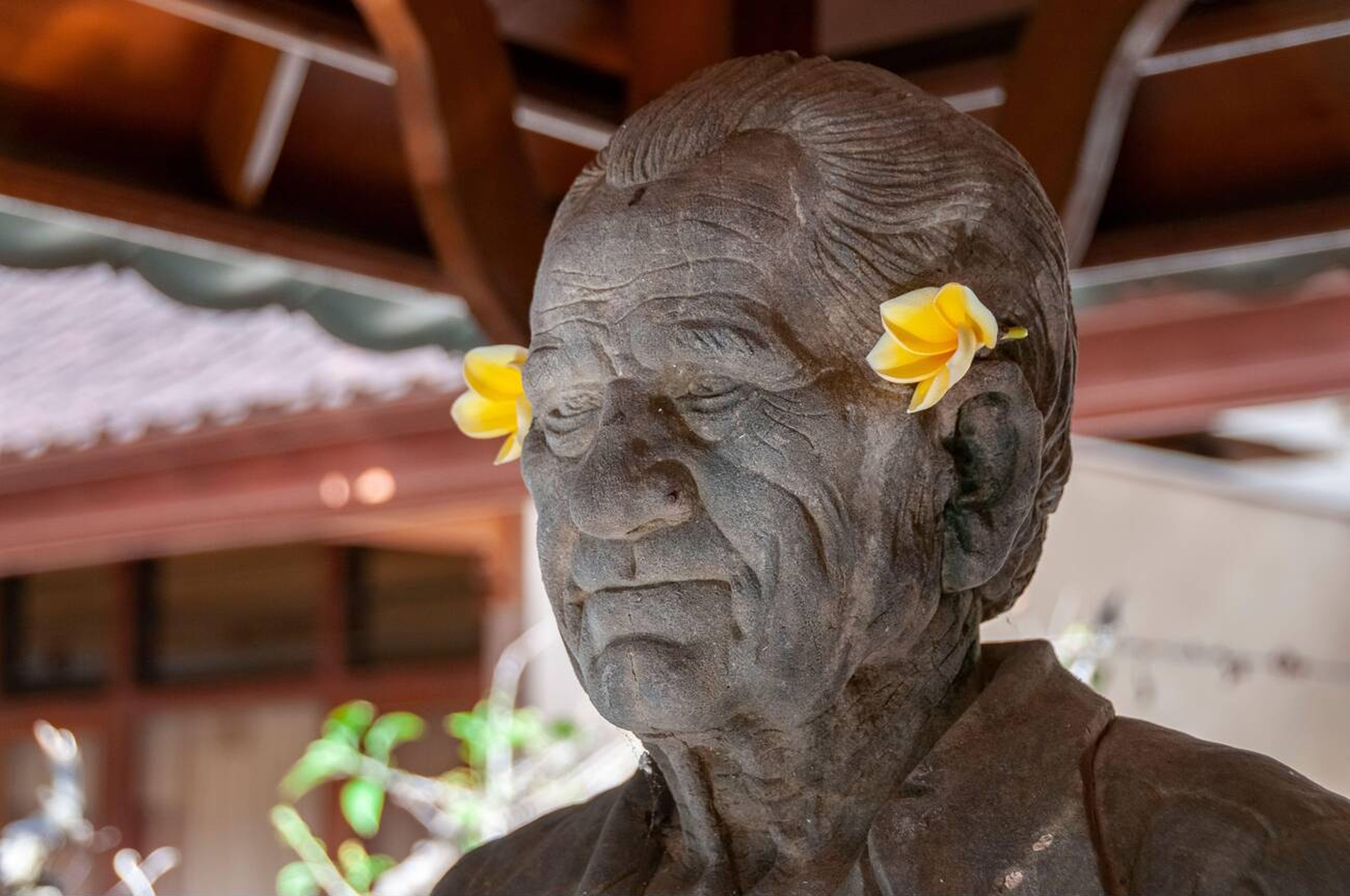
Le Mayeur’s paintings are celebrated for their portrayal of Bali’s traditional life and culture, with a particular focus on Balinese women engaged in daily activities like dancing, weaving, or preparing offerings. His early works from his travels are more impressionistic, while his later paintings from the 1950s show a bolder use of color and technique.
Becoming Bali’s Cultural Heritage
Despite challenges with conservation and security—some of Le Mayeur’s paintings have fetched prices up to $150,000—the museum remains an essential part of Bali’s cultural landscape. It showcases not only the artistic legacy of Le Mayeur but also the island’s rich cultural history. Visitors can also view a collection of personal photographs, original furnishings, and wood carvings that reflect the artist’s life and his deep connection to Bali.
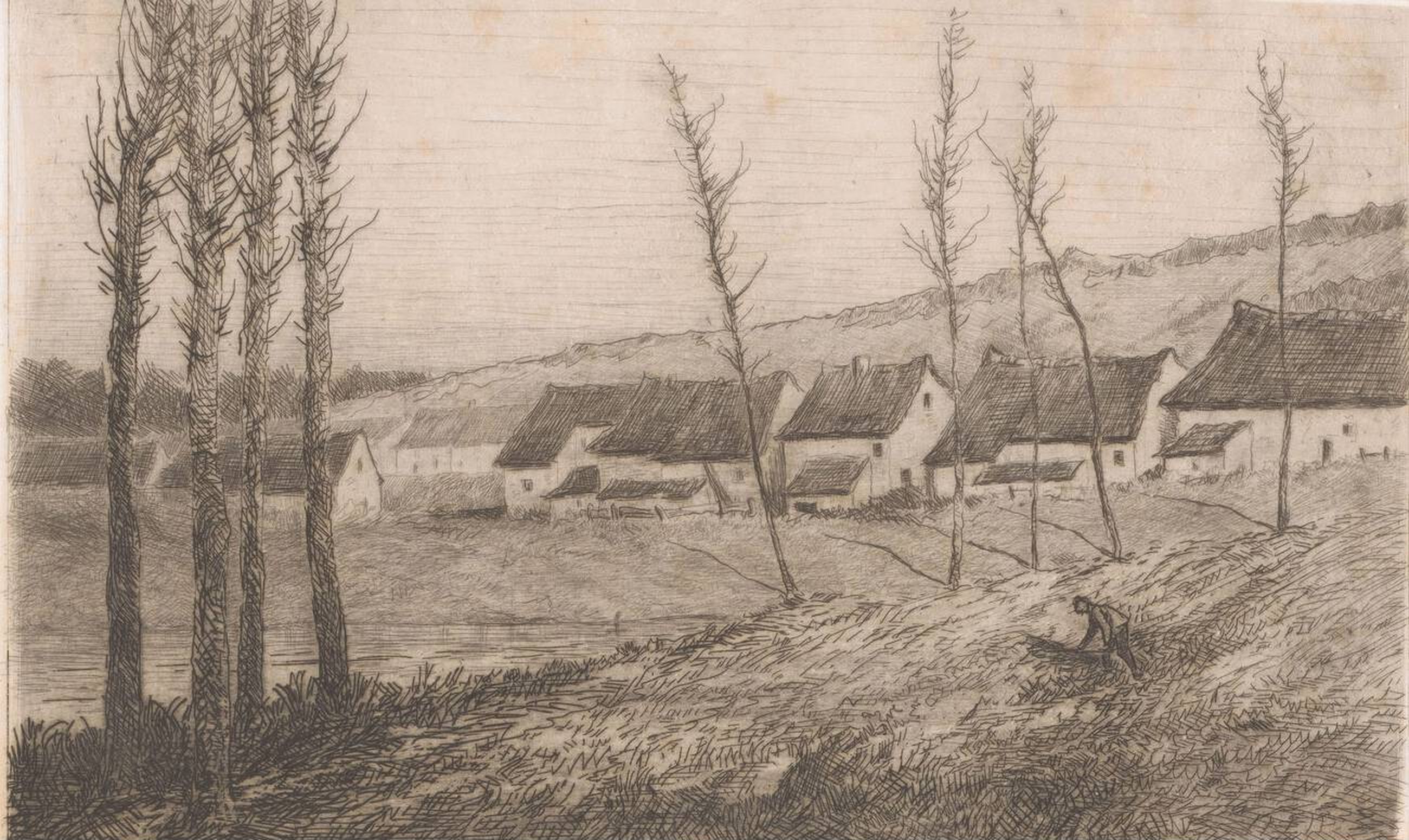
Located right on the beachfront in Sanur, the Le Mayeur Museum is an accessible and enriching destination for art enthusiasts and tourists alike. It offers a rare opportunity to step back in time and explore the world of a European artist who found inspiration in the heart of Bali. With its charming Balinese architecture and diverse collection, the museum is a must-visit for those looking to experience a piece of Bali's artistic heritage.



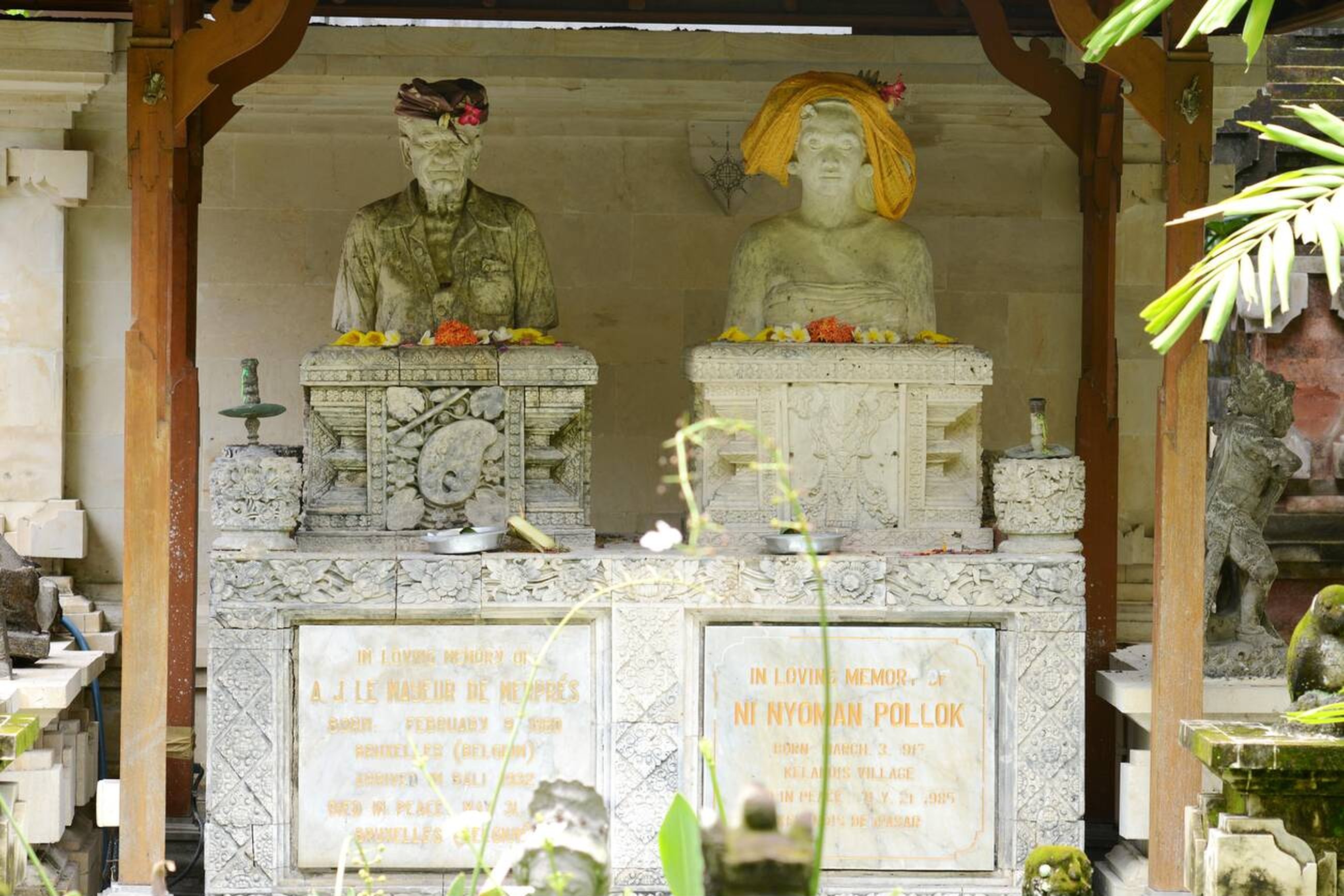
 Billy Bagus
Billy Bagus
 Sep 04, 2024
Sep 04, 2024





